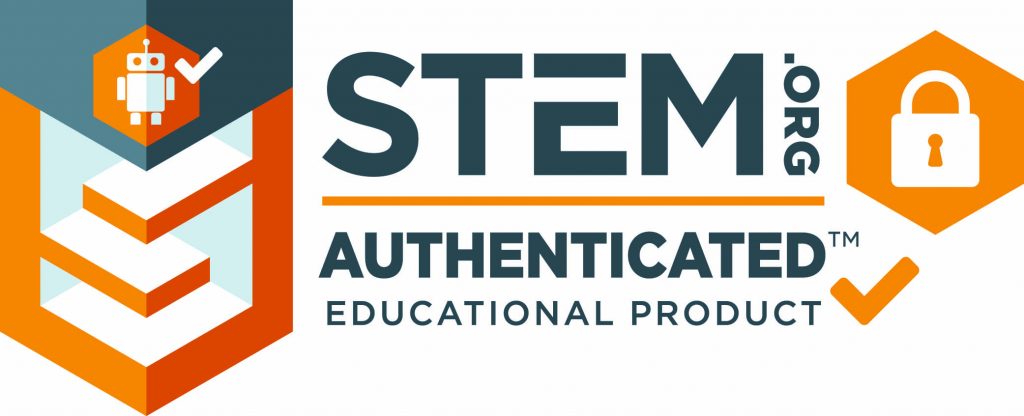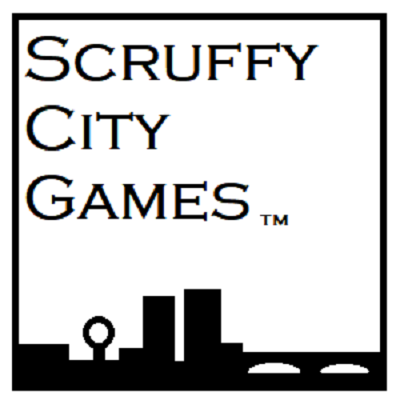How To Play the Game
HACKERS \’ EPOCH™
Cybersecurity Card Game – Print & Play Edition
2-3 Players 30-60 Minutes Ages 12+
January 1, 1970 was the beginning of a new epoch – the digital age was born. What began as seemingly benign became a virtual battlespace that anchored itself into reality. At first, ragtag tribes of computer hackers exploited the unsuspecting users of this brave new world. Eventually, powerful organizations, governed by a select few, established themselves within the virtual realm to have greater influence over the real world. These Cyber Oligarchs, also called Cygarcs, are in a continuous battle for the hearts and minds of billions of people. Some wish only to bring peace to the world through freedom and equity. Others wish to control the world as they see fit. In this game, you are one of these Cygarcs. You must acquire Systems from your adversaries to reduce their capabilities and increase your own. Ultimately, you are fighting for the hearts and minds of humanity. Are your motives for good or for ill?
Objective
Build, protect and maintain your own infrastructure from hostile cyberattacks while strategically stealing from other infrastructures. Win by having the best infrastructure at the end of the game.
Components (100 Cards)
- 1 Instruction Sheet
- 1 Layout Example Card (Setup and Infrastructure Examples)
- 3 Turn Procedure Cards
- 24 FIREWALL Action Cards (SHIELD in the top-left corner)
- 42 ATTACK Action Cards (LIGHTNING BOLT in the top-left)
- 12 RAINBOW Action Cards (Rainbow-colored swirl on symbol)
- 18 SYSTEM Cards (2-sided with Warning symbol on back)
Systems, Domains and Enclaves
System cards can be one of 6 different colors. Each color represents a different Domain, which can be recognized by its own unique icon as listed below.
- Red – Network Intrusion Domain (computer chip icon)
- Orange – Physical Intrusion Domain (padlock icon)
- Yellow – Malware Domain (insect icon)
- Green – SCADA Sabotage Domain (battery icon)
- Blue – Web Exploitation Domain (spider web icon)
- Purple – Social Engineering Domain (fishhook icon)
Holding at least one System card of a color gives you capabilities within its Domain. For instance, if you have a System card from the Malware Domain (yellow), then you can attack with Malware Action cards. A set of all 3 System cards of a single Domain (color) is called an Enclave.
Action Icons
Action Icons are found in the top left corner of each Action card. The icons inform the player on how the card is to be used.
- Shield – Firewall and Rainbow Defense Cards
- Lightning Bolt – Attack Cards
- Gear – Repair Cards
Action Numbers and the Skull and Crossbones
Each regular Attack Action card has a black circle in the top left corner with either a 1, 2, or N(skull and crossbones). Here are the meanings:
u Compromise 1 System
v Compromise 2 adjoined System
N Steal a System
Some attack cards also provide bonus attacks as specified on the card.
Rainbow Cards
Rainbow cards have a shield, lightning bolt, or gear with a rainbow-like swirl. These cards have special instructions written on them.
- Rainbow ATTACK cards can only be used by the attacker during their turn. They have a rainbow lightning bolt in the top left corner. They can only be stopped by an appropriate Rainbow Defense card.
- Rainbow DEFENSE cards can only be used by a player that is currently being attacked. They have a rainbow shield in top left corner. They are never placed in the Firewall.
- Rainbow REPAIR cards can be used by any player at any time.
Setting up the Game
- Display the 18 System cards neatly in the center of the play area, each fully exposed and with the Warning Symbols (triangle with exclamation point) face-down.
- Shuffle all Action cards into one deck and place it face-down near the System cards. This is the ACTION DECK.
- Choose a Starting Player whose birthday is closest to the Epoch start date of January 1, 1970. Make sure that each player receives a Turn Procedure card that will serve as a reminder of the options they have during their turn.
- Deal out 10 Action cards to each player, ensuring that the cards are kept hidden from other players. Give everyone a moment to look at their cards so that they can determine how they want to proceed in the next step.
- Beginning with the Starting Player and then moving to their left (clockwise), each player selects a System card of their choice. They must place it down in front of them with the Warning Symbol face-down. Any other cards they receive must be placed next to a previously placed System card. Continue around the table until each player has received 3 System cards.
- Each player must then place Firewall cards, one from each available Domain (color), into a horizontal row, from left to right, at the top of their play area, making sure to keep those cards within a card’s width or less of each other. Only one of each color can be represented in the Firewall at any time. Any duplicates must remain in their hand. Up to 6 unique cards can be placed in the Firewall.
- All Action Cards used during an attack are placed in the same discard pile, face-up. When the Action deck is depleted, simply shuffle the discard pile, and place it face-down to become the new Action deck. System cards are never discarded. They are only drawn or stolen. Additionally, a player may discard 2 action cards to receive 1 at any time.
Playing the Game
During each player’s turn:
- Draw 3 Action cards OR 1 System Card. A new System Card must be placed into an available position immediately. Any new Firewall cards must also be placed immediately.
- Choose ONE Task: Attack OR Fortify.
- Attack – You may attack one or more players as many times as you are able.
- Fortify – Repair as many Systems as you are able by discarding a card of the same domain (color) as the compromised one. You may also rearrange System cards, as necessary.
Building the Infrastructure
Each player builds their own Infrastructure by placing System cards on the table in front of them, face-up (Warning symbol DOWN), at least one card’s width below the Firewall row. As cards are added to the Infrastructure, they must be placed fully against another System card’s edge. No more than one card may be touching any single edge of another card. Up to 4 System cards may touch any other System card.
Attacking and Defending
A player may only attack during their turn and only if they select to do the optional Attack task. Before a player can attack with an Action card from a certain domain (color), they must first possess a System from that same domain. The System can be either healthy or compromised. Also, the moment they receive the System, the new capability becomes active and they may then immediately use an Action card from the new domain in an attack. An attack is made by placing an Attack card on top of a Firewall or System card that is in a defender’s Firewall or Infrastructure.
To attack a System card, the attacker must first get past the Firewall. If a player has an Attack card that is the same Domain (color) as a Firewall card, then the Attack card will be cancelled out and discarded along with the Firewall card that absorbed the attack. The defender must immediately replace any Firewall cards if they have duplicates available. If the Firewall does not have a Domain (color) of the same type as the Attack card, then the attack can bypass the Firewall and go straight to a System card. Rainbow Attack cards ALWAYS bypass the Firewall. They can only be stopped by an appropriate Rainbow Defense card.
An Attack card CANNOT be used on a healthy System card of the same Domain (color), nor on one protected by an adjacent healthy System card of the same Domain as the Attack card. Adjacent System cards protect each other unless they are compromised. Compromised System cards offer no protection and can be attacked by any Attack cards, even cards of the same Domain (color), unless they are being protected by an adjacent healthy System. A compromised System will have the Warning symbol facing up.
Attacking Healthy System Cards
To attack a healthy System card, place one attack card on top of it, face-up. If the attack cannot be stopped, the players follow the instructions on the attack card. Newly compromised System cards are turned over to reveal the Warning symbol. Stolen System cards are given to the attacking player to be immediately placed into an open position within their infrastructure.
Attacking Compromised System Cards
To steal a compromised System card, place any two attack cards from any domain (including Rainbow) on top of it, face-up, disregarding any instructions shown on the attack cards. Both Attack cards must make it past the Firewall to be successful. If the attack cannot be stopped, the System card is given to the attacker, but it remains compromised in their infrastructure until repaired. If any one Attack card is stopped, then the whole attack fails. Once a system is stolen from a player, the victim can immediately draw a card from the Action deck.
Ending the Game
The game ends immediately when any of the following events occur:
- The last System card has been selected and placed
- Any player has less than 2 System Cards remaining.
All players may then use any Rainbow Repair cards they have in their possession. The player with the most Victory Points (VP) is the winner. If there is a tie, then the player with the greatest number of healthy systems wins. If there is still a tie, then the person with the most complete Firewall wins.
Calculating Victory Points (VP)
- Healthy System cards = 3 VP each
- Compromised System cards = 2 VP each
- Firewall cards = 1 VP for each placed Firewall card
- Enclave (All 3 System cards from a domain) = +4 VP
- Full Spectrum (1 System card from each domain) = +6 VP


